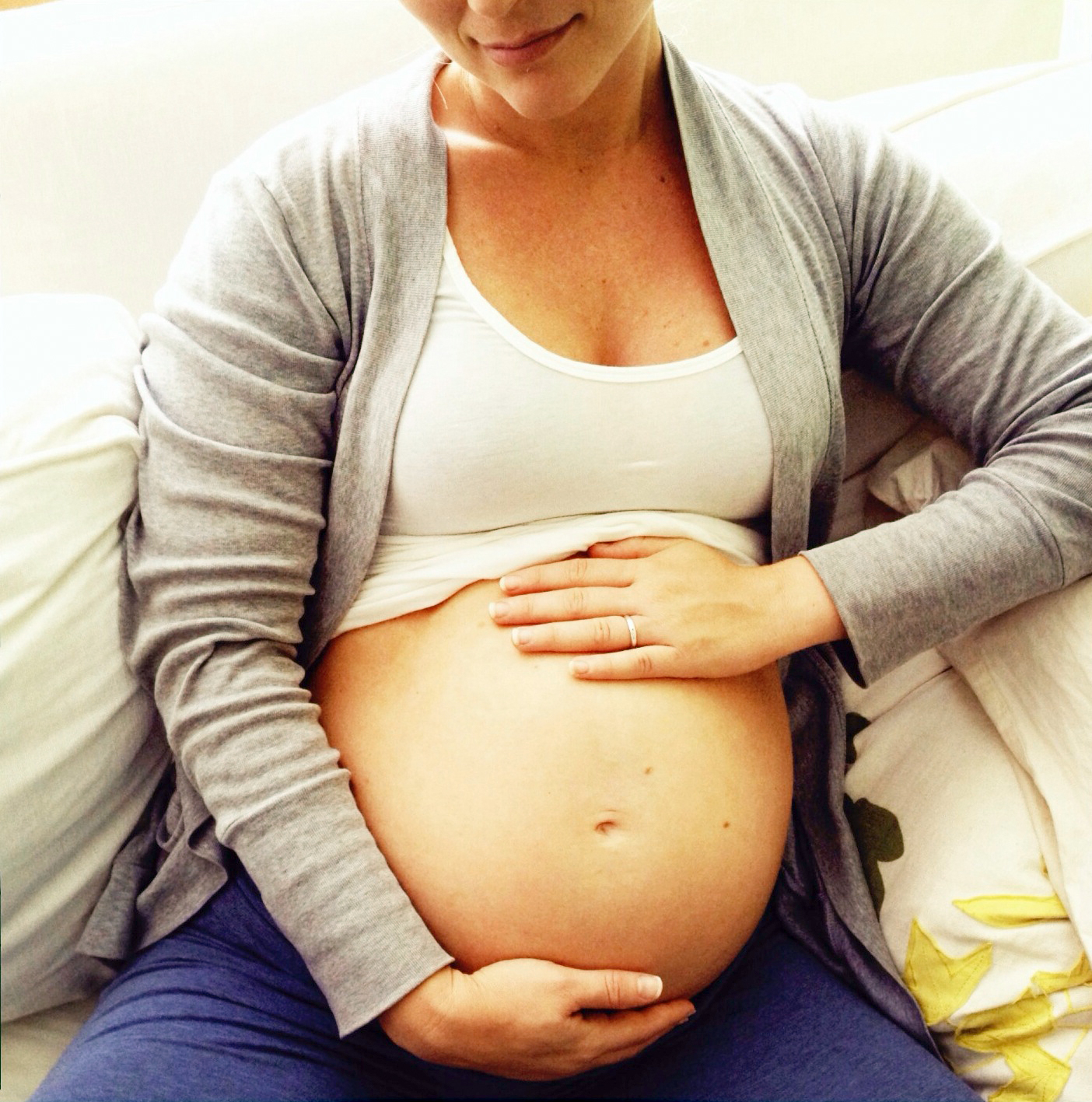With many states now moving forward with the legalization of medical marijuana, there seems to be a growing sense that marijuana is relatively safe and may, in some cases, be more attractive or effective than traditional medications for a spectrum of medical and psychiatric illnesses. The use of marijuana in the United States appears to be increasing. According to a nationwide survey, 7.3% of Americans 12 or older regularly used marijuana in 2012, up from 5.8% of Americans in 2007. Among younger and socioeconomically disadvantaged women, the rates of use are as high as 15 to 28 percent.
The majority of marijuana users are young and of reproductive age. It is estimated that roughly half of female marijuana users continue to use during pregnancy. While marijuana is often considered to be a relatively benign substance, we have data to indicate that the developing fetus may be particularly vulnerable to its effects.
A new study suggests that prenatal exposure to cannabis may affect the structure of the brain. Participants in this study were drawn from the Generation R Study, an ongoing population-based prospective cohort study from the Netherlands. The participants included children who were assessed using magnetic resonance imaging (MRI) of the brain between the ages of 6 and 8 years: 113 nonexposed children, 96 children whose mothers smoked only tobacco during pregnancy, and 54 children whose mothers used cannabis (most of these mothers also smoked tobacco) during pregnancy. Exposure to cannabis was identified by maternal self-report and urinalysis. Brain development in the children was assessed using
Prenatal cannabis exposure was not associated with changes in total brain volume, gray matter volume, or white matter volume. However, prenatal cannabis exposure was associated with differences in cortical thickness; compared to the nonexposed control subjects, cannabis-exposed children had thicker frontal cortices. In contrast, prenatal tobacco exposure was associated with cortical thinning, primarily in the superior frontal and superior parietal cortices. The association between prenatal cannabis exposure and cortical thickness remained significant after correcting for potential confounding variables, including maternal education, household income, marital status, ethnicity, alcohol use, maternal psychopathology, and the child’s IQ and birth weight.
It is not clear what this cortical thickening signifies. Because the frontal cortex plays a crucial role in executive functioning, including attention, impulse control, and working memory, the concern is that changes in the structure of the frontal cortex may have longterm effects on behavior and cognition. In a previous study from the same group, prenatal cannabis exposure was associated with increased aggression and attentional problems in the exposed offspring, particularly in girls. (The current imaging study did not correlate structural changes with behavior.)
This study is preliminary and relatively small, but it does raise concerns regarding the effects of prenatal cannabis exposure and underscores the need for more research in this area.
Particularly concerning is that there is a growing number of people who view marijuana as a safer or more effective option than traditional pharmacologic interventions for the treatment of a variety of conditions, including nausea and vomiting, depression, and anxiety. At this point, there is no data to support the use of marijuana for the management of these symptoms. (This review published in JAMA reviews clinical studies using marijuana.) Given the limited information regarding the reproductive safety of cannabis, the American College of Obstetricians and Gynecologists (ACOG) recommends that pregnant women or women contemplating pregnancy should be counseled to discontinue use of marijuana for medicinal purposes in favor of an alternative therapy for which there are better data regarding efficacy and safety.
Ruta Nonacs, MD PhD
El Marroun H, Tiemeier H, Franken IH, Jaddoe VW, van der Lugt A, Verhulst FC, Lahey BB, White T.
Biol Psychiatry. 2016 Jun 15;79(12):971-9.
El Marroun H, Hudziak JJ, Tiemeier H, Creemers H, Steegers EA, et al.
Drug Alcohol Depend. 2011 Nov 1;118(2-3):470-4. Free Article
Intrauterine cannabis exposure affects fetal growth trajectories: the Generation R Study.
El Marroun H, Tiemeier H, Steegers EA, Jaddoe VW, Hofman A, et al.
J Am Acad Child Adolesc Psychiatry. 2009 Dec;48(12):1173-81.








Leave A Comment